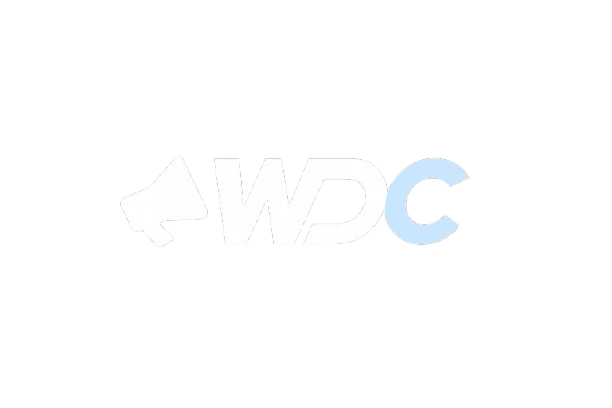As we move deeper into the digital age, 2026 promises to be a transformative year for marketing. Consumer behavior is evolving, technologies are advancing, and competition is fiercer than ever. For businesses to remain relevant and effective, adapting to emerging trends isn’t optional—it’s essential. Here are five marketing trends you can’t afford to ignore in 2026.
1. The Rise of Human-Centered AI
Artificial Intelligence continues to grow, but in 2026, the focus shifts from automation to human-centered AI. It’s no longer just about speed and scale—it’s about empathy, personalization, and connection. AI tools are now trained to mimic emotional intelligence, helping brands craft more sensitive, relatable, and context-aware messaging. Whether in customer support, content creation, or product recommendations, the goal is clear: technology that feels human.
2. Voice Search and Audio Marketing Explosion
With the continued growth of smart speakers, voice assistants, and audio platforms, 2026 is seeing a surge in voice-driven marketing. Consumers are increasingly searching by voice—and expecting accurate, spoken answers. Optimizing for voice search (natural language queries, featured snippets) is now a core SEO strategy. Additionally, audio branding—via podcasts, branded playlists, and voice ads—is becoming a key way to connect with multitasking audiences on the go.
3. Decentralized Social Media and Web3 Communities
Web3 isn’t a fad—it’s changing the marketing landscape. In 2026, decentralized social platforms (like Lens, Mastodon, or new blockchain-based networks) are becoming havens for niche, loyal communities. Marketers must now consider how to engage audiences in decentralized ecosystems that prioritize transparency, ownership, and user control. NFTs and digital loyalty programs are also being reimagined for brand engagement in these spaces.
4. Sustainable & Purpose-Driven Marketing
In a world increasingly concerned with climate change, social justice, and ethical business, purpose-driven marketing is no longer optional. In 2026, consumers demand transparency and accountability. Brands that communicate their values authentically—and back them up with action—will earn trust and loyalty. Campaigns that highlight sustainability efforts, DEI (Diversity, Equity & Inclusion) practices, and social responsibility are resonating more than traditional product-focused ads.
5. Interactive, Immersive Experiences (AR/VR)
The evolution of Augmented Reality (AR) and Virtual Reality (VR) has reached a new peak in 2026. Whether it’s virtual try-ons, AR-enhanced packaging, or immersive product launches in the metaverse, interactive experiences are redefining how consumers engage with brands. These technologies aren’t just for entertainment—they drive higher engagement, longer dwell time, and better conversion rates when used strategically.
Conclusion
2026 isn’t just about keeping up—it’s about looking ahead. Marketers must balance innovation with authenticity, automation with empathy, and data with trust. Those who embrace these trends early and thoughtfully will not only survive the shifts ahead—they’ll lead them.
Now’s the time to future-proof your marketing strategy. Because in 2026, adaptability is the ultimate competitive edge.

